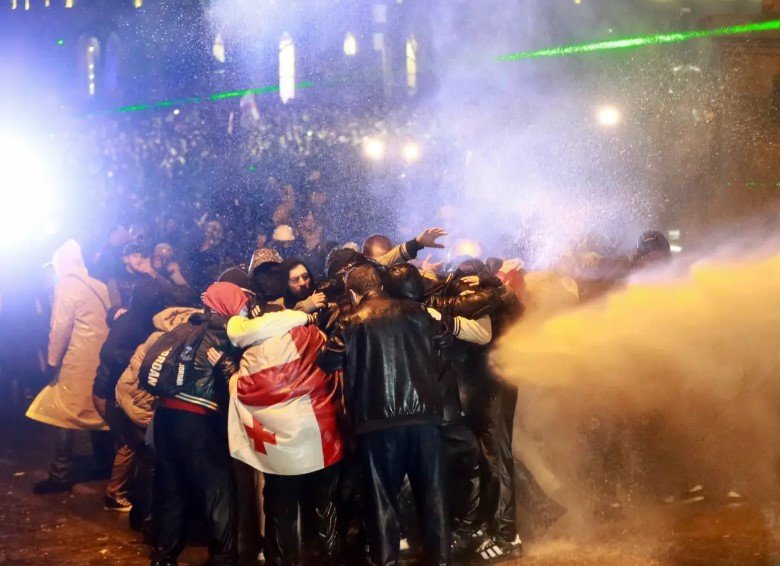Media workers in Georgia are increasingly finding themselves caught between their duty to inform and the rising tide of hostility surrounding pro-European protests. Since November 28, 2024, a staggering 147 media rights violations have been reported — a grim reminder of the mounting pressure on press freedom.
Escalating Abuses Against Journalists
The Center for Media, Information, and Social Studies has documented an unsettling pattern: journalists, photographers, and cameramen subjected to verbal abuse, physical assaults, and equipment confiscation. For many, covering protests has become not just a professional challenge but a personal risk.
Some incidents stand out for their severity. Reporters have been dragged from protest sites, their cameras smashed, and their notes ripped away. The aggression isn’t limited to the streets — online harassment has surged, with journalists facing threats and smear campaigns.
It’s not just about violence, though. The report points to a disturbing trend: journalists fined for “blocking roads” while reporting. Seventeen reporters were hit with fines of 5,000 GEL each — a penalty that feels more like punishment for their work than any genuine traffic violation.

Repeat Victims and Legal Pressure
Out of the 147 documented cases, 24 media workers faced multiple attacks — a sobering statistic. These repeat victims endured physical injuries, property damage, and legal actions, sometimes within days of each other.
The center’s data reveals that:
- 17 journalists were fined for obstructing traffic.
- Several reporters were targeted by lawsuits.
- Equipment seizures have left smaller media outlets struggling to continue their coverage.
Legal harassment has become a quieter, more insidious weapon. Lawsuits and fines, while less visibly brutal than physical attacks, create a chilling effect. Many journalists now weigh the risks before showing up to protest sites — a dangerous sign for press freedom.
Journalism Day Spotlight: A Bitter Reminder
The report was released on Journalism Day, a date meant to celebrate the profession’s vital role. Instead, it served as a grim reminder of the hostility media workers face.
Several journalists used the day to share their stories. One Tbilisi-based photographer recounted how his camera was ripped from his hands and thrown to the ground by an unidentified assailant. A TV reporter described being shoved and cursed at while trying to film a clash between protesters and police.
The stories echoed a common sentiment: Georgia’s media landscape is becoming increasingly hostile — not just from protest crowds, but from authorities as well.
International Concern and Local Response
International press freedom groups have started to take notice. Organizations like Reporters Without Borders and the Committee to Protect Journalists have condemned the rising violence. Some have called for an independent investigation into law enforcement’s role in the violations.
Locally, reactions are mixed. Government officials have acknowledged the report but insist that police actions are necessary to maintain order. Meanwhile, opposition leaders accuse the government of using fines and legal threats to suppress unfavorable coverage.
The Georgian Charter of Journalistic Ethics is now calling for clearer legal protections for reporters. They argue that fines for blocking roads should be re-evaluated, especially when journalists are merely doing their jobs.
What’s Next for Georgia’s Press?
The road ahead looks uncertain. While public support for media freedom remains strong, the practical reality is grim. Newsrooms face mounting legal costs, reporters work under the threat of violence, and independent outlets fear closure.
For many journalists on the ground, the message is clear: reporting the truth in Georgia has never been more dangerous.
